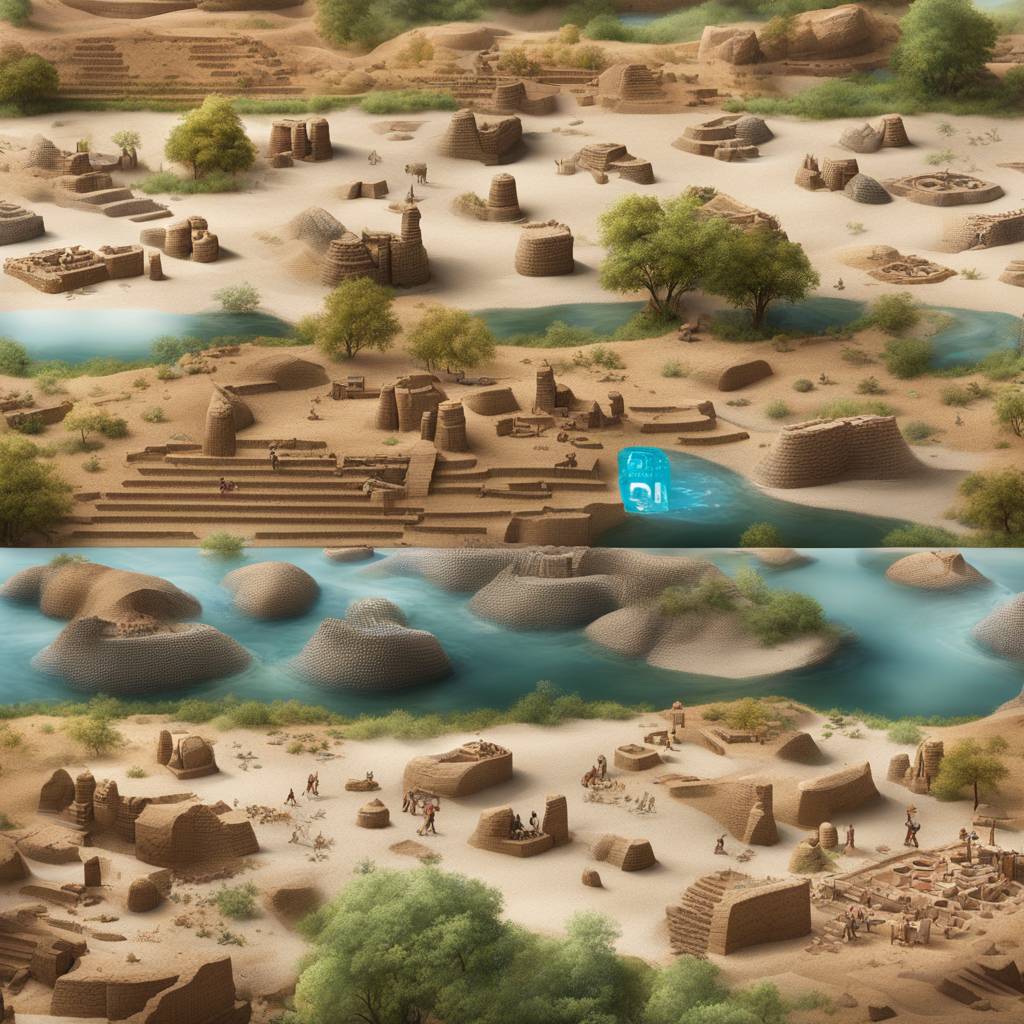In their article ‘The human side of biodiversity: coevolution of the human niche, paleo-synanthropy and ecosystem complexity in the deep human past’, Dr Shumon T. Hussain and Dr Chris Baumann explore the role of past humans in the evolution and control of biodiversity on our planet. They argue that the idea of humans living harmoniously with nature as hunter-gatherers is a mischaracterization of the complex relationship between humans and ecosystems. The researchers suggest that while there have been negative effects on biodiversity due to human activity, there are also positive effects that follow certain rules, leading to an overall increase in biodiversity.
The scientists criticize the notion that humans have only negatively intervened in their ecosystems in the recent past, and argue that the relationship between humans and ecosystems has always been more complicated and nuanced. They point out that biodiversity loss may occur locally due to human activity, but at the same time, biodiversity can be promoted elsewhere due to human influence. This highlights the need to consider the wider context in which these dynamics operate, rather than simply focusing on the negative impacts of human activity on biodiversity.
Based on various case studies from the Late Pleistocene period and a recent study on ravens from the ice age, the researchers show that certain animals, such as ravens, have benefited from human presence by taking advantage of food options provided by hunter-gatherers. This has led to an increase in biodiversity on a local level, as some animals benefit from human influence while others move to different areas where they are not excluded by human activity. Overall, this results in increased heterogeneity and complexity in ecosystems, leading to a positive effect on overall biodiversity.
The scientists base their research on zooarchaeological and stable isotope analyses, which provide insights into the interaction between humans and ecosystems in the deep human past. By combining these analyses with contextual archaeological information, the researchers demonstrate how human influence can lead to increased biodiversity in certain ecosystems. They argue that biodiversity regimes cannot be separated from human influence, and emphasize that not all human impacts on ecosystems are negative. In fact, they suggest that increased diversity in human life forms may have an overall positive effect on biodiversity as a whole.
Overall, Dr Hussain and Dr Baumann suggest that cultural diversity may have a positive effect on biodiversity, as it leads to increased heterogeneity and complexity in ecosystems. They propose that the homogenization of human life forms in the Anthropocene may be a contributing factor to the ongoing biodiversity crisis, as it limits the diversity of interactions between humans and ecosystems. By understanding the complexities of the relationship between humans and biodiversity, we can better appreciate the dynamic and multifaceted nature of ecosystems and work towards promoting a more sustainable coexistence between humans and the natural world.


